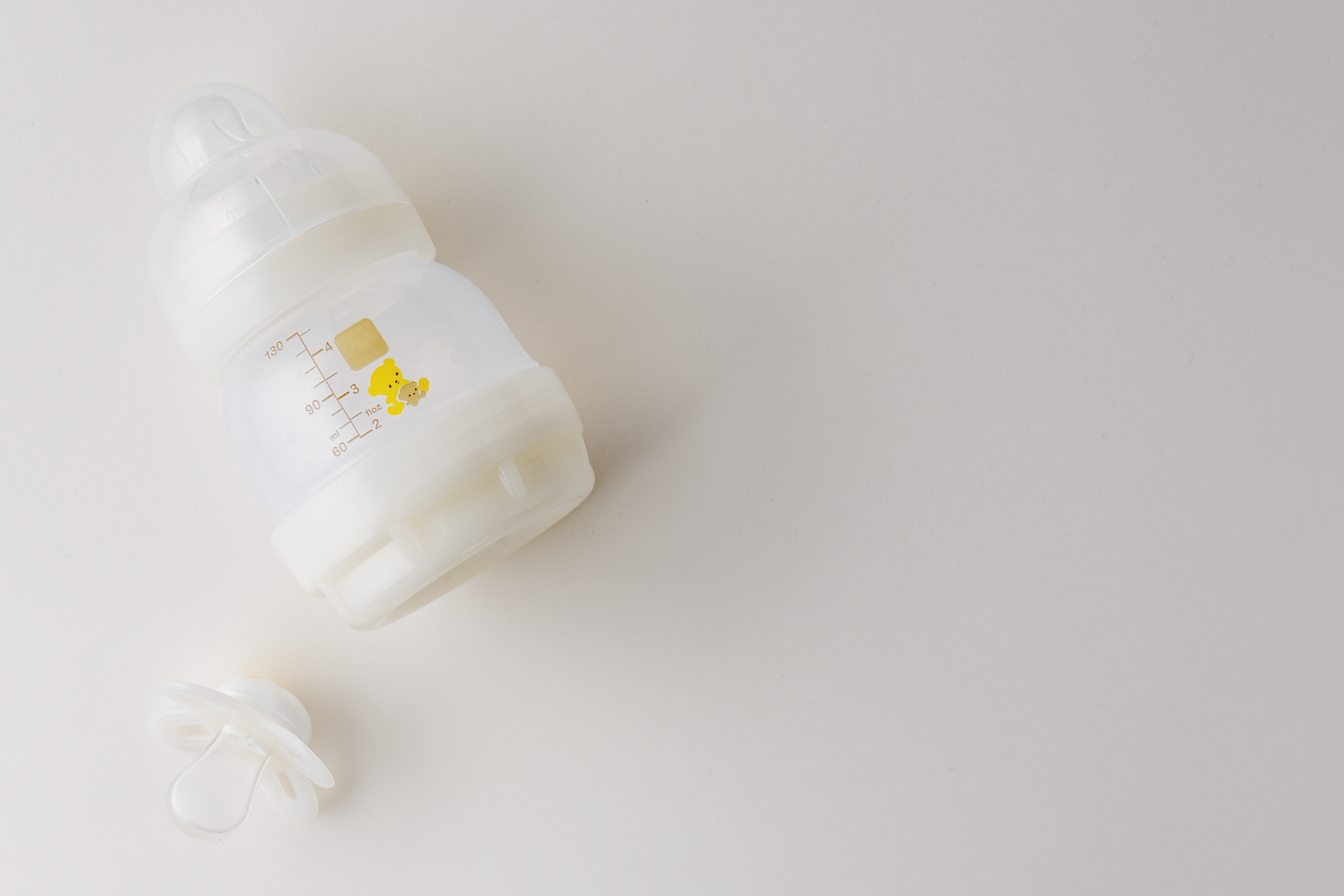Breastfeeding Is Natural — But It's Not Always Easy
You're not alone if it hurts, feels confusing, or isn't working.
Here's what actually helps, backed by pediatric science — not social media.
🍼 What the AAP and WHO Recommend
- Exclusive breastfeeding for 6 months
- Continue breastfeeding along with solid foods for at least 1 year (AAP) or 2 years (WHO)
- Breastmilk gives antibodies, lowers disease risk, and improves bonding
🧷 Breastfeeding Essentials Checklist
📌 How to Get a Good Latch (Avoid Pain)
A poor latch causes pain, poor milk transfer, and frustration.
- Use the C-Hold:
- Support breast with hand in "C" shape
- Tickly baby's upper lip
- Wait for wide-open mouth
- Aim nipple toward roof of mouth
- Baby's lips should flange outward
- If it still hurts after 30 seconds — the latch needs fixing.
⚠️ Common Breastfeeding Problems (And What to Do)
🕐 When to Pump
- Start pumping after 3–4 weeks if breastfeeding is established
- Pump in the morning when supply is highest
- Use a double-electric pump if pumping regularly
- Store milk in fridge (up to 4 days) or freezer (up to 6 months)
📊 Breastfeeding by the Numbers
- Feed every 2–3 hours (8–12 times/day)
- Expect 6–8 wet diapers/day by day 5
- Each feed lasts 15–30 minutes on each breast
- Cluster feeding in the evening is normal
There's no perfect feed. There's only progress. Ask for help early. Know what's normal. And if something feels off — don't guess. Ask your pediatrician or a certified lactation consultant.
